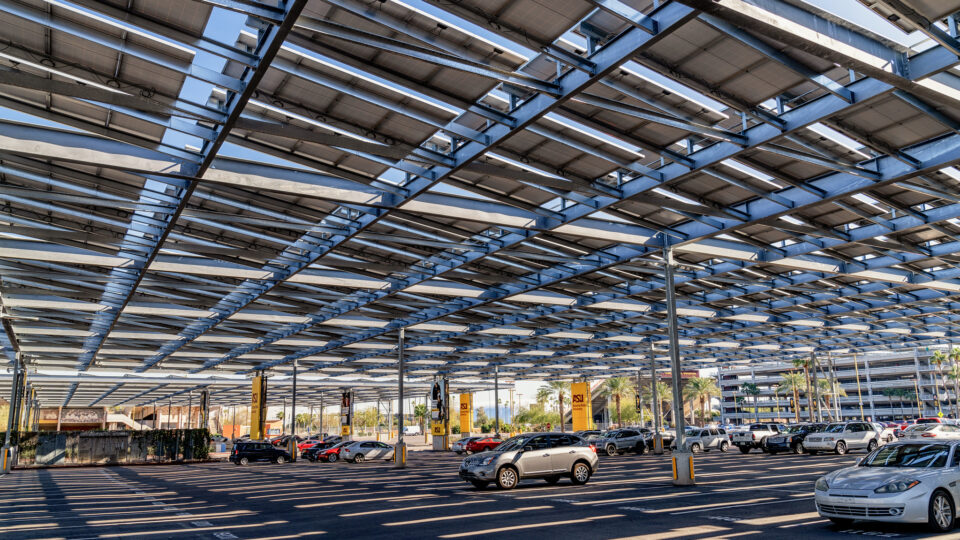The International Energy Agency, founded in 1974, keeps track of the world’s energy systems and anticipates how they are likely to change over time. Policymakers around the world look to the agency’s annual World Energy Outlook publication for guidance.
In 2000, the agency made the prediction that by the year 2020, there would be a total of 18 gigawatts of photovoltaic solar power installed. Within seven years, that number was already too small.
The IEA was not the only source to miss the mark on solar power. The head of solar analysis at BloombergNEF in 2005 expected solar to eventually supply 1% of the world’s electricity. It is already 3% and Bloomberg now predicts that it will be 23% by 2050 and expects that to be an underestimate.
What has happened is that the world has unexpectedly gotten to the point where solar is the cheapest source of energy in most places. Over the past decade, every time solar production capacity has doubled, its cost has dropped by 28%.
Historically, a combination of groundbreaking research in Australia and intense Chinese industrial development led to the creation of a massive new industry. When Germany passed laws encouraging the use of solar power, suddenly there was massive global demand and a struggle to keep up with supply.
The industry had its fits and starts, and many players fell by the wayside. But at this point, solar technology continues to get better and cheaper. Market forces are pretty hard to beat and when solar technology can supply insanely cheap energy, it is going to be used in more and more places.
**********
Web Links
‘Insanely cheap energy’: how solar power continues to shock the world
Photo, posted January 10, 2020, courtesy of Tony Webster via Flickr.
Earth Wise is a production of WAMC Northeast Public Radio.
